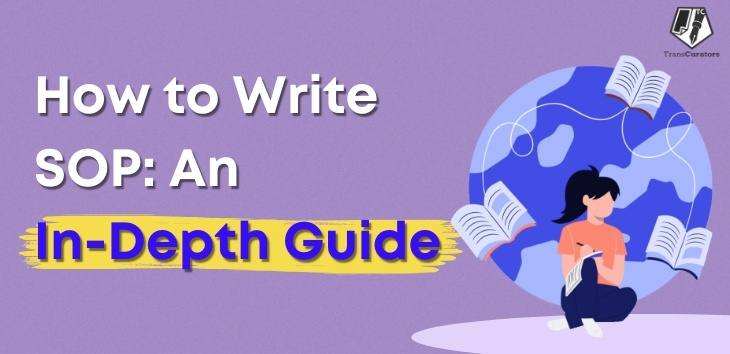What is Graphic Designing: Understanding its Types & Benefits
Graphic design stands at the intersection of art and communication. Graphic designing’s meaning revolves around the strategic use of typography, images, colours, and layout to communicate concepts effectively. It is not just to simply make things look visually good; the design must also serve its intended purpose, whether that is to inform, persuade, or entertain. Graphic designers maximise the user experience by using text and images to fulfil users’ requirements and focusing on the logic of displaying pieces in interactive designs. In this blog, we will look at the key components, benefits, and types of graphic design. We will also explore the scope and the career options available in this dynamic field. What is Graphic Designing? The graphic designing definition extends beyond aesthetics to encompass functionality and user experience. Graphic design is more than just creating beautiful images. It is about visually addressing issues and generating practical and aesthetically beautiful designs. The primary purpose of graphic design is to communicate information clearly and efficiently. Designers use typography, colour, images, and layout to create compelling visuals that express specific ideas or information. Graphic designers work on diverse projects, including logos, brochures, ads, websites, and product packaging, customising each design to the needs of their audience and the medium used. Graphic design is a blend of creativity and technical skills. Designers commonly leverage software such as Adobe Photoshop, Illustrator, and InDesign to bring their concepts to life. They determine balance, contrast, and hierarchy to make their designs visually appealing and communicate the intended meaning. Excellent graphic design attracts viewers and streamlines the information it contains. It is essential to branding and marketing as it makes businesses stand out and build a connection with their target market. Graphic designers produce images to educate, persuade, and entertain by combining art and technology. Types of Graphic Designing Graphic design includes different types of design work, each with its focus and applications. Understanding the various kinds of graphic design will help you determine your skills and interests. Here are the eight major types of graphic design: 1. Branding and Visual Identity Branding and Visual Identity Graphic design is concerned with the creation of visual elements of a brand. This design style influences how a brand is perceived by its target audience and maintains consistency across all visual communications. Designers build extensive brand rules while working on branding and visual identities. These rules specify how visual elements should be utilised in various settings to ensure consistency. This covers everything from business cards and stationery to digital assets like websites and social media profiles. Key Elements: Logos: Create unique and memorable logos that capture the soul of your brand. An excellent logo is simple, unforgettable, and versatile. Colour palettes: Select colours that represent the brand’s personality and principles. Colours elicit emotions and connections, so choosing the right palette is critical. Typography: Choose fonts that reflect the brand’s message and tone. Typography also contributes significantly to the readability and beauty of the brand’s assets. Imagery: Use visuals and graphics aligned with the brand’s identity. Imagery should be consistent with the brand’s style and resonate with its target demographic. 2. Graphic Design for Marketing and Advertising Graphic design for marketing and advertising aims to promote products, services, or ideas. Designers in this field develop captivating images that successfully express messages to motivate consumers to take action. In this profession, you work closely with marketing teams to ensure your designs are consistent with campaign objectives and connect with the intended audience. Effective marketing and advertising design can greatly impact customer behaviour and increase brand visibility. Key Elements: Print Ads: Design advertisements for newspapers, magazines, and billboards. Print advertisements need to be attractive and communicate information quickly. Digital Ads: Create banner advertising, social media graphics, and email newsletters to promote your business. Understanding digital platforms, as well as how to engage users online, is required for online ads. Posters and Flyers: Create promotional materials for events and local advertising, such as posters and flyers. These should be both visually appealing and helpful. Social Media Content: Develop images for sites like Instagram, Facebook, and Twitter. To increase reach, social media visuals should be engaging and shareable. 3. Print Design Creating visual content for printed products is called print design. This kind of design requires substantial layout, typography, colour theory, and printing knowledge. You work on various print design projects, demanding careful attention to detail and superior quality. You work with printers to ensure the finished product meets your design specifications and appears as intended. Key Elements: Brochures: Create informational, visually appealing brochures for businesses and events. Brochures must include both text and photos to convey precise information. Posters: Make eye-catching posters for advertising, events, and promotions. Posters should grab attention and deliver the message fast. Business Cards: Design professional, distinctive business cards. A well-designed business card can leave a lasting impression. Packaging: Create package designs that protect the products while also attracting buyers. Designing packaging requires taking aesthetics and functionality into account. 4. Digital Graphic Design Digital graphic design aims to provide visually appealing content for digital platforms. This includes websites, mobile apps, and social media. This type of design needs designers to be mindful of digital media’s specific requirements and constraints. Staying current with the newest digital design trends and technology is critical in digital graphic design. You often interact with web developers and digital marketers to ensure your designs are adequately deployed and fulfil their intended purpose. Key Elements: Web Design: Design user-friendly and visually attractive websites. Web design involves layout, navigation, and usability concerns. App Design: Make intuitive and engaging interfaces for mobile apps. App design demands an understanding of user experience (UX) principles. Social Media Graphics: Develop visuals tailored for different social media platforms. Social media graphics should be optimised for each platform’s specifications and audience. Digital Ads: Design advertisements for online marketing campaigns. Digital ads need to be effective and drive clicks or conversions. 5. Packaging Design Packaging design is developing a product’s packages’ visual and structural




